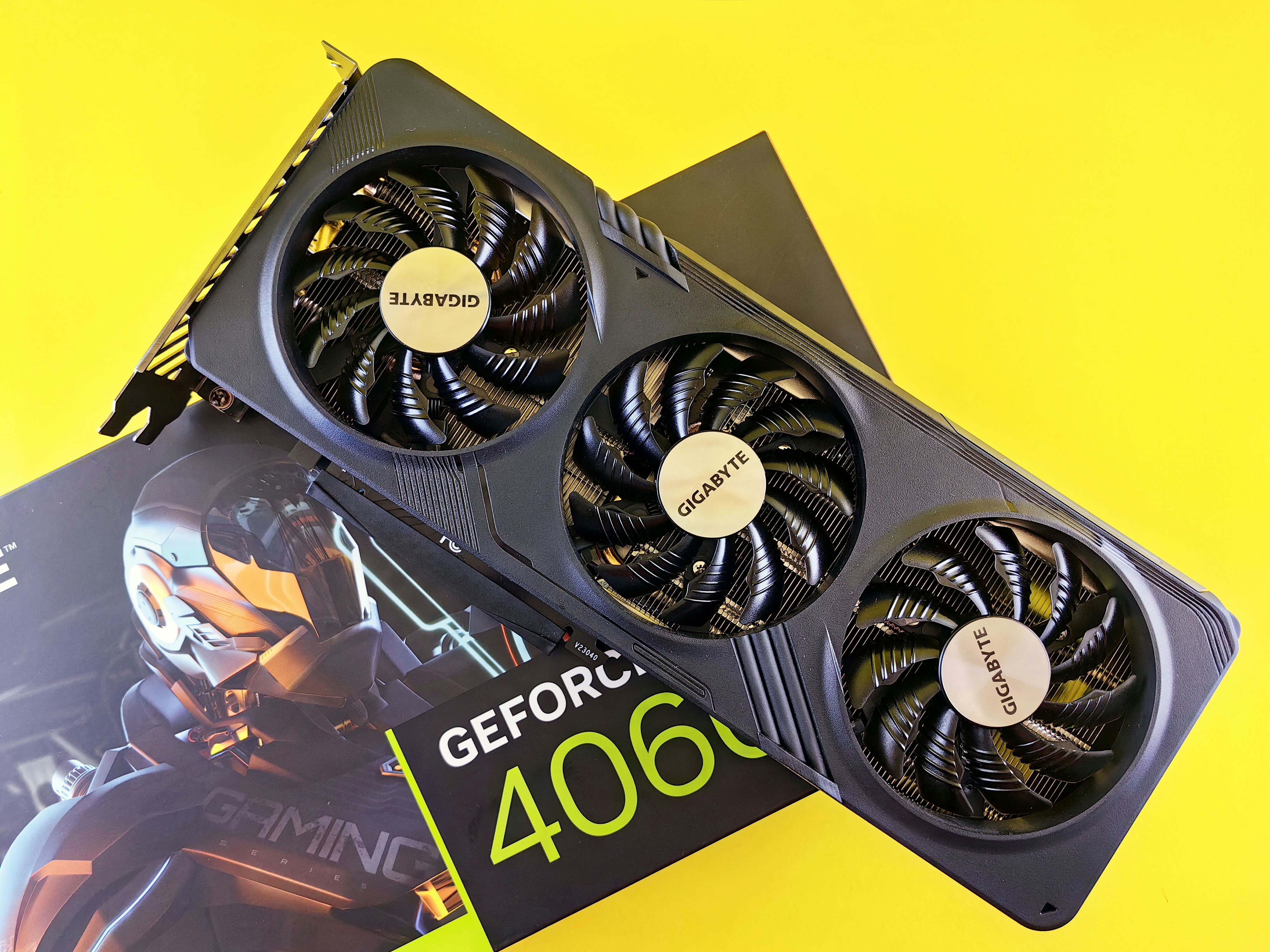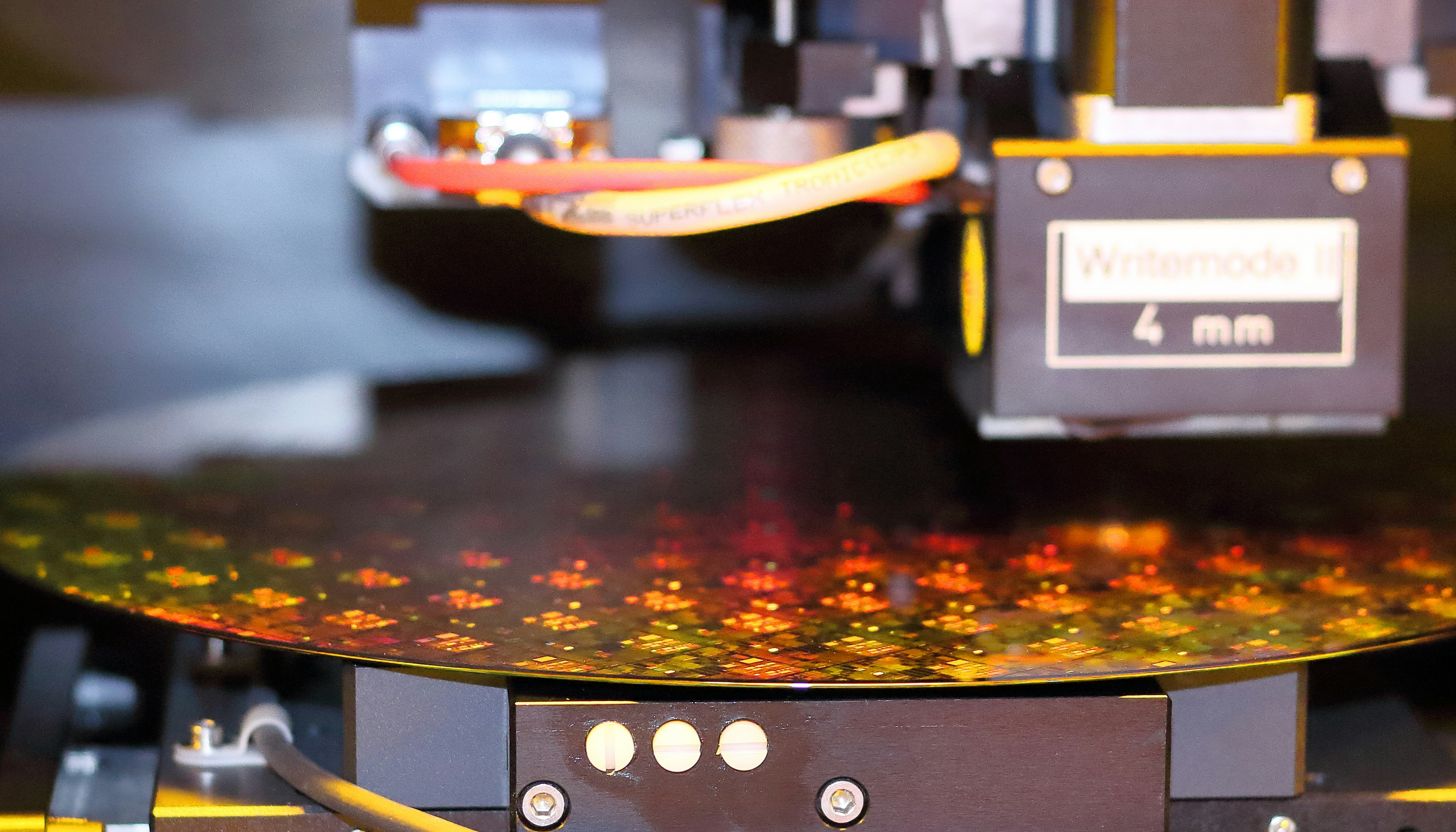
Introduction to GPU Stock Issues
The landscape of graphics processing units (GPUs) has experienced significant fluctuations over the past few years, leading to ongoing stock issues that impact not only consumers but also industries reliant on advanced graphical capabilities. Historically, GPU shortages emerged prominently during the COVID-19 pandemic, exacerbating demands from sectors like gaming, cryptocurrency mining, and artificial intelligence. The intersection of these factors created a perfect storm, straining supply chains and limiting availability.
At the core of the current GPU stock situation are several contributing factors. First, the rapid growth in gaming and e-sports has prompted an increased demand for high-performance GPUs. Gamers seeking enhanced graphics and smoother performances have driven manufacturers to prioritize production for this market. Secondly, the cryptocurrency boom has led miners to stockpiling GPUs, further complicating availability for everyday consumers. Additionally, geopolitical issues and semiconductor shortages continue to hinder supply chains, further worsening the stock dilemmas.
Understanding the implications of GPU availability cannot be overstated. For consumers, the struggle to acquire a GPU not only affects gaming experiences but also impacts graphic design, 3D rendering, and machine learning projects. Industries involved in media production, virtual reality, and artificial intelligence significantly depend on GPUs for their operations. Thus, their stock levels directly influence the overall advancements within these technological fields.
Furthermore, the price volatility accompanying GPU shortages can deter potential buyers, pushing them toward alternative solutions or delaying purchases altogether. This trend underscores the broader implications of GPU stock fluctuations, which may stall innovation across technology sectors. As we delve deeper in this exploration, it becomes crucial to emphasize the importance of understanding these ongoing challenges and the factors driving them, setting the tone for the impending sections of this analysis.
Factors Contributing to GPU Shortages
The current GPU shortage can be attributed to a convergence of several critical factors. One significant influence has been the impact of the COVID-19 pandemic on global supply chains. As lockdowns were implemented worldwide, manufacturing facilities faced temporary closures, leading to a dramatic reduction in GPU production. This disruption not only slowed down the supply of new graphics cards but also hindered the replenishment of existing stock in retail markets.
In addition to pandemic-related challenges, the surge in cryptocurrency mining has created an unprecedented demand for GPUs. Miners often require powerful graphics cards to validate transactions and mine cryptocurrencies, resulting in increased competition for limited GPU supply. This phenomenon has led to a significant spike in pricing, with some models exceeding their recommended retail price by substantial margins. Consequently, gamers and content creators—who also rely on GPUs for their computing needs—find themselves facing elevated prices and diminished availability.
Moreover, the gaming community has seen a renewed interest in high-performance gaming due to the release of several major titles and advancements in game graphics. This resurgence in demand has further stressed an already strained supply. Seasonality also plays a role, with peak sales periods such as holidays amplifying competition among consumers seeking to acquire the latest graphics cards.
Manufacturing difficulties have also been exacerbated by semiconductor shortages affecting various industries globally. Major companies struggle with supply constraints as they attempt to meet the high demand for GPUs, resulting in longer lead times and inconsistent availability. In conclusion, the interplay of these factors—including pandemic effects, cryptocurrency mining, increased gamer demand, and manufacturing challenges—has collectively contributed to the current GPU shortages and market instability.
Current Market Trends and Prices
The Graphics Processing Unit (GPU) market has experienced significant fluctuations in pricing and stock availability over recent months, highlighting a dynamic economic landscape. Initially driven by a surge in demand from gamers and cryptocurrency miners, the GPU pricing peaked post-pandemic. However, as supply chains began to stabilize, the market witnessed a gradual decrease in prices, leading to a more competitive environment.
Recent data indicates that while some high-demand models have seen their prices drop, others remain elevated due to persistent shortages and speculative purchasing. Retail and online channels have struggled to maintain consistent availability, often resorting to limit-based sales strategies to manage stock. Platforms like eBay and auction sites have become hotspots for both buyers and sellers, exacerbating price volatility, where some GPUs are sold at inflated rates by speculators. This speculation not only impacts the immediate market but also instills uncertainty among consumers regarding future prices.
The involvement of key players in the GPU industry, such as NVIDIA and AMD, has been crucial in shaping the current landscape. These companies have adopted various strategies to mitigate shortages, including ramping up production and diversifying distribution channels. Reports suggest that they are also focusing on the development of new architectures that could replenish stock more efficiently. Furthermore, these firms are responding to consumer behavior shifts by enhancing product availability through direct sales and partnering with retailers to streamline the purchasing process.
Looking forward, the implications of current trends in the GPU market suggest that while some challenges persist, there is potential for a more stable pricing model as inventory replenishes. The ongoing scrutiny of consumer buying patterns underscores the need for adaptive strategies within the industry, ensuring that GPUs are accessible and priced appropriately. This evolving landscape necessitates continuous monitoring to better understand the trajectory of the market, informing both consumers and businesses alike.
Looking Ahead: Predictions and Solutions
The future of the GPU stock situation remains complex, influenced by various factors including technological advancements, shifts in manufacturing processes, and potential regulatory impacts. As technology progresses, the demand for more powerful and efficient graphics processing units is expected to continue rising. Machine learning, gaming, and cryptocurrency mining are areas that heavily rely on superior GPUs. This demand could lead to ongoing supply constraints if production does not keep pace with consumer needs.
Manufacturing processes may evolve, allowing for more efficient and rapid production of GPUs. Innovations such as improved chip designs, increased automation in assembly, and the use of advanced materials could all contribute to enhancing the production capacity. Companies might also explore alternative manufacturing strategies, including sourcing components from diverse suppliers to mitigate risks associated with supply chain disruptions. These advancements have the potential to alleviate some of the bottlenecks experienced in recent times.
Regulatory impacts, particularly concerning supply chain transparency and environmental sustainability, could also play a role in shaping the GPU market landscape. Stricter regulations may encourage manufacturers to adopt eco-friendly practices, impacting costs and production timelines. Furthermore, tariffs and trade agreements may influence global trade relationships, ultimately impacting GPU availability and pricing.
For consumers seeking to navigate the challenging GPU landscape, adopting a few practical solutions is vital. One effective strategy is to wait for the market to stabilize, especially around major product launches. This approach can result in better pricing and availability. Additionally, considering alternative products or brands may yield satisfactory performance levels without the challenges currently associated with top-tier GPUs.
Ultimately, staying informed about market trends and technological developments will be key for consumers looking to make educated purchasing decisions in the ever-evolving GPU market.


